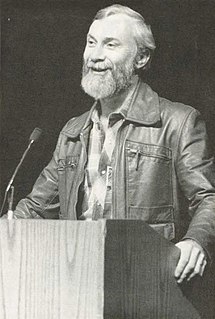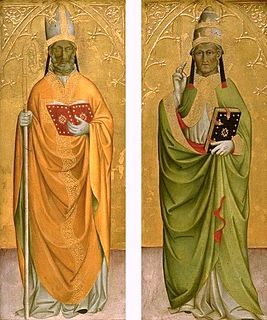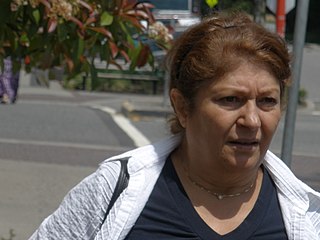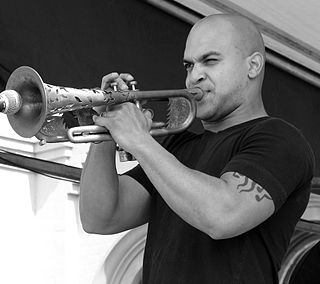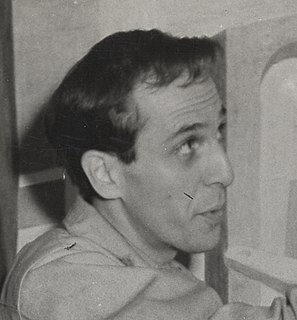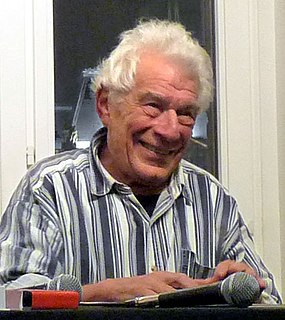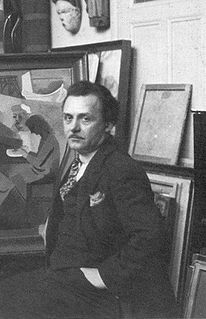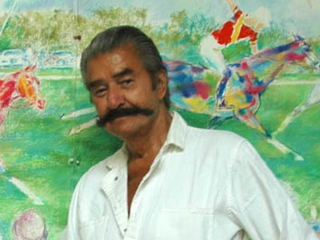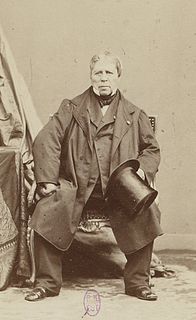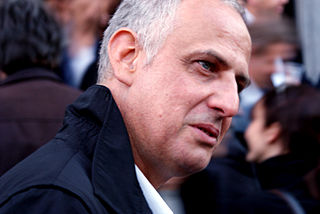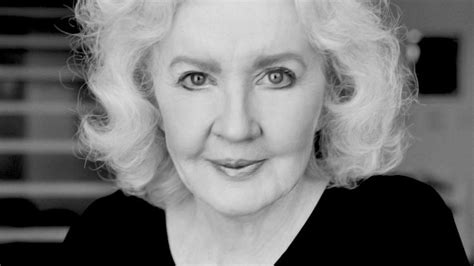A Quote by Bill Jay
If you are intent on drawing or painting on your prints, you must first learn to draw and paint at least as well as you photograph.
Related Quotes
I am biased towards the belief that every painter must be grounded in strong and faultless drawing skills, and until one has not experimented with all styles of painting and has not comprehended their potentialities one's work is not complete. Even an abstract painter must know how to draw as well as a figurative artist. As for me, drawing has never created any problem, since I know how to draw anatomy correctly if I had to, I understand the function of muscle groups and sculpture.
A work of art is itself an object, first of all, and so manipulation is unavoidable: it's a prerequisite. But I needed the greater objectivity of the photograph in order to correct my own way of seeing: for instance, if I draw an object from nature, I start to stylize and to change it in accordance with my personal vision and my training. But if I paint from a photograph, I can forget all the criteria that I get from these sources. I can paint against my will, as it were. And that, to me, felt like an enrichment.
... photography is an imprint or transfer off the real; it is a photochemically processed trace causally connected to the thing in the world to which it refers in a manner parallel to fingerprints or footprints or the rings of water that cold glasses leave on tables. The photograph is thus generically distinct from painting or sculpture or drawing. On the family tree of images it is closer to palm prints, death masks, the Shroud of Turin, or the tracks of gulls on beaches.
To draw does not simply mean to reproduce contours; the drawing does not simply consist in the idea: the drawing is even the expression, the interior form, the plan, the model. Look what remains after that! The drawing is three fourths and a half of what constitutes painting. If I had to put a sign over my door to the atelier, I would write: School of drawing, and I'm certain that I would create painters.
In order to create, we draw from our inner well. This inner well, an artistic reservoir, is ideally like a well stocked fish pond... If we don't give some attention to upkeep, our well is apt to become depleted, stagnant, or blocked... As artists, we must learn to be self nourishing. We must become alert enough to consciously replenish our creative resources as we draw on them - to re-stock the trout pond, so to speak.
